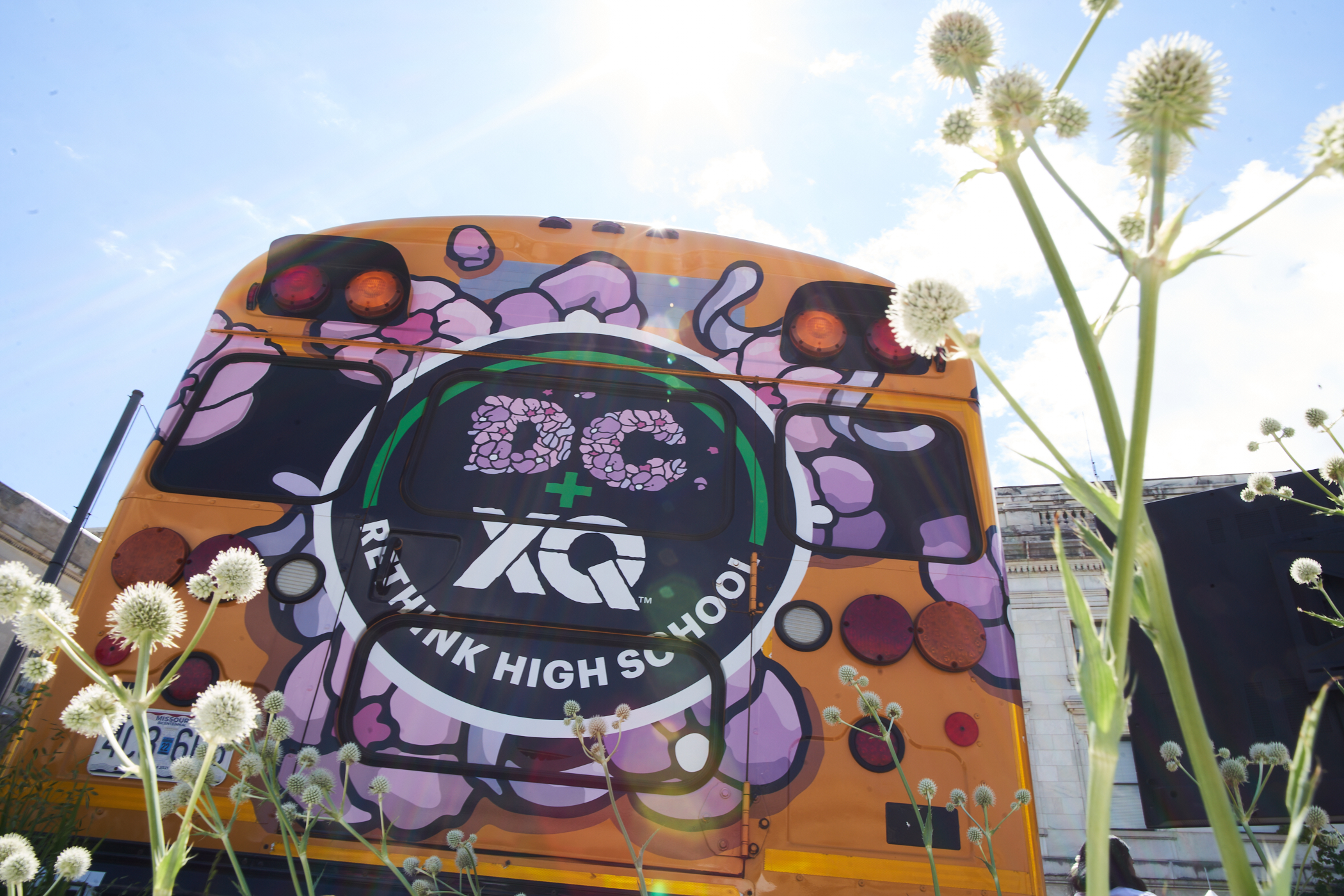5 Resources to Address Racial and Systemic Inequities in Education
Systemic racism exists in our education system. Here are resources for educators to abolish inequities to help every student succeed.

“My job is not to protect you from the world. My job is to teach you about the world so that when you get in it, you’re not blindsided.”
—Whitney Weathers
Assistant Principal, Manual High School
We hope this special issue of Give Me Five inspires and equips you to do exactly that.
SEE: How the Current Education System Harms Students
Racial and systemic inequities exist in our education system. So, what are we going to do about it?
Why it matters: Our actions as adults matter, especially in the eyes of our students. NPR outlined explicit ways racial inequities cause harm:
- Black students are perceived as “challenging” without cause
- Black students are more likely to be arrested and suspended at school
- White, low-poverty school districts receive more funding
- Students from non-white, high-poverty school districts are more likely to fall behind because they get fewer resources
Extra credit: See the data and how it affects our students for yourself.
SPEAK: Let’s Talk About Whiteness and What It Means
“I don’t think I’ve ever come across anything that has made me aware of my race. I don’t believe there is any benefit of anybody’s particular race or color. I feel like I’ve accomplished what I’ve accomplished in life because of the person I am, not because of the color of my skin.”
Whiteness is real. Disagree? Try asking yourself why.
Why it matters: By examining whiteness and acknowledging its existence, you’re actually working to dismantle systemic institutions and toward equity. But acknowledging white privilege and taking no initiative to address it can be counterproductive.
Meaningful conversations about whiteness can help white people move past defensiveness, denial, and guilt. Teaching Tolerance wrote about “whiteness” back in 2016, and what they had to say still matters and always will. Here’s what they suggest white educators can do to be allies:
- Take responsibility for educating yourself about racism
- Teach about the concept of racial construction and its relationship to racial justice
- Talk about white privilege to other white people
- Try to reason with people who think whiteness or white privilege doesn’t exist
- Don’t take it personally if you don’t get it right every time; it’s not about you
Extra credit: Learn more about whiteness and what you can do to address it.
STEER: Great Leaders Stand up for Racial Justice
Equitable education is the foundation for racial justice. And great leaders are the key to a more equitable future.
Why it matters: Strong leadership serves as the foundation to create transformative policies and programs, especially in education; you can’t create equitable educational programs without equitable policies.
Great leaders empower others to follow their lead by setting an example. That’s why it’s so important to elect and hire leaders motivated by racial justice. The 74 outlines what education leaders can do:
- Acknowledge the pain that comes with fighting for racial justice
- Empower your team to teach students about the history that led us here
- Model empathy and compassion
Extra credit: Meet some of the education leaders who helped us get where we are today.
SEEK: Create a Sense of Belonging in Your Classroom
Whether it’s the first or last day of school, students never walk into the classroom as a blank slate.
Why it matters: Culturally responsive teaching creates a more equitable learning environment by helping students feel a sense of belonging and desire to contribute. It focuses on getting to genuinely know students and using what you learn to craft meaningful and rigorous learning opportunities.
As Edutopia suggests, one of the ways you can achieve this is through learning walks. Learning walks allow teachers to visit each other’s classrooms to see how new strategies are implemented. Teachers observe closely and take notes to:
- Identify evidence of equitable student participation
- See how other teachers build relationships with students
- Pinpoint ways for students to feel safe sharing what they know and what they don’t
- Debrief and reflect together; ask questions and make recommendations
Extra credit: See how Amigos School uses culturally responsive teaching to support students.
STRIVE: Now’s Our Chance to Change Things for the Better
There’s a reason so many acknowledge the racial achievement gap as the civil rights issue of our time. We need to address structural inequities that lead to disparities.
Why it matters: Education Dive asked Black educators to offer advice on how we can prevent making the problems worse when schools reopen:
- Empower families to advocate for their students
- Don’t revert to old grading methods after using a feedback system
- Require all teachers, admins, and staff to take cultural awareness training
- Revisit policies and practices to ensure they’re equitable
- Use alternative disciplinary practices instead of suspensions and expulsions
Extra credit: Find out more ways to close the achievement gap at your school.
XQ X-tra
How Do You Stand for Students?
Anti-racist resources for educators:
- Strategies for White Educators Who Seek to Be Anti-Racist
- Equity and the Educator’s Mindset
- The Civil Right of Education, By the Numbers









